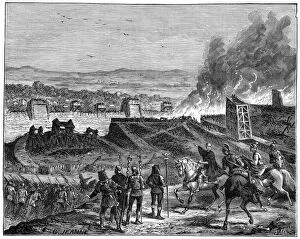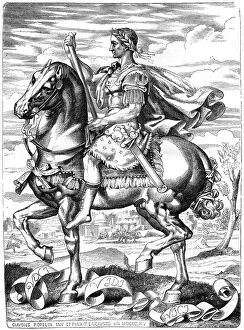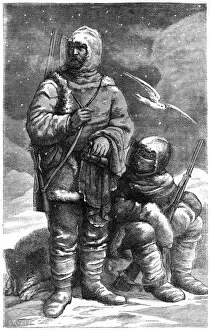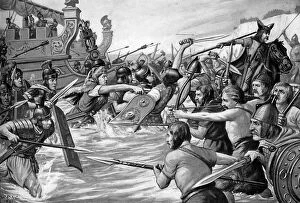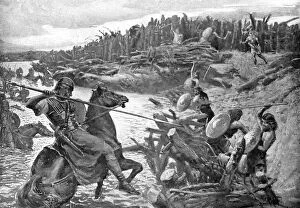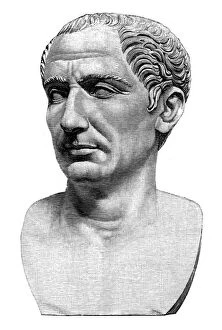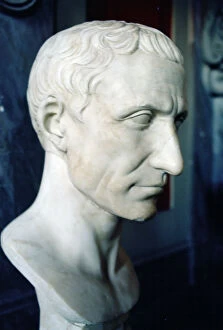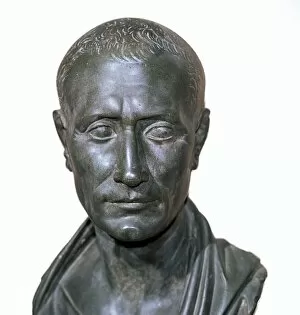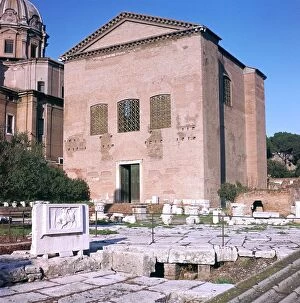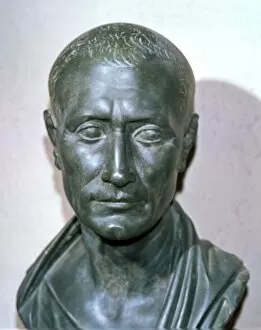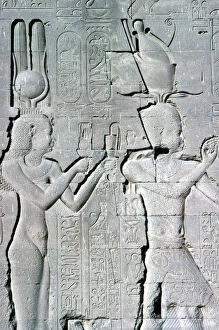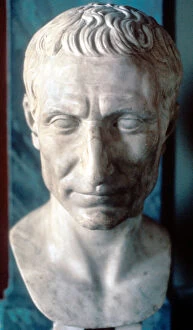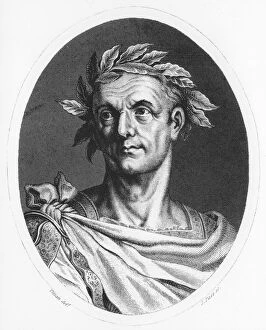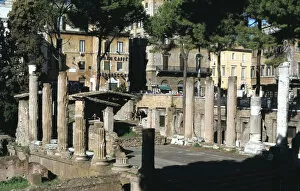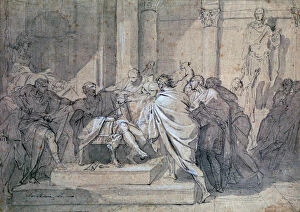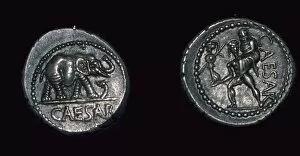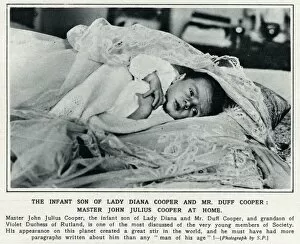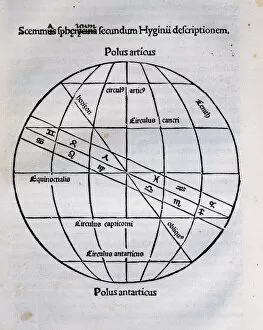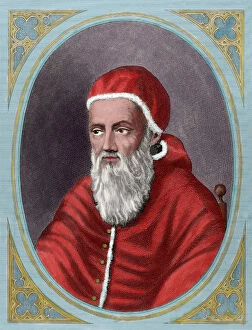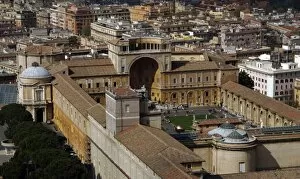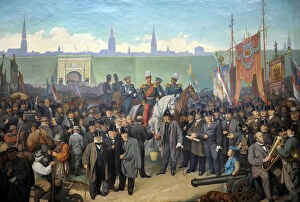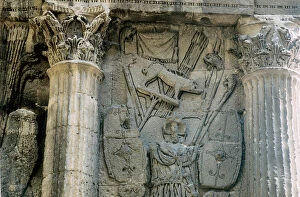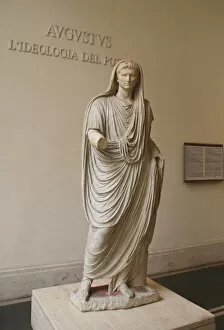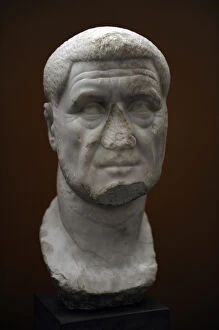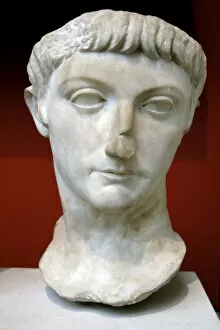Julius Collection (#7)
"Julius: A Journey Through History and Art" Step into the world of Julius, a captivating figure who left an indelible mark on history
For sale as Licensed Images
Choose your image, Select your licence and Download the media
"Julius: A Journey Through History and Art" Step into the world of Julius, a captivating figure who left an indelible mark on history. From the majestic Augustus Prima Porta statue at Vatican Museums to the poignant depiction of "Julius Caesar Weeps, " his presence resonates through time. Witness the pivotal moment as "Caesar Crosses Rubicon, " forever altering the course of ancient Rome. Delve deeper into his story with pollen grains from various plants, connecting us to the landscapes he once traversed. In a surprising twist, Groucho Marx's postcard adds a touch of humor amidst this historical tapestry. Discover how even in turbulent times like "Caesar in a Storm at Sea, " Julius remained steadfast and determined. The iconic image of "Julius Caesar (Rubicon)" captures his resolve as he releases Domitius, showcasing both strength and mercy. Experience firsthand the weighty decision when "Caesar Crosses Rubicon" is depicted again - its significance echoing throughout centuries. Marvel at DRACO, 1482 - an intricate representation of constellations Draco, Ursa Major (Big Dipper), and Ursa Minor that guided him during uncertain times. And who can forget the timeless trio - Three Marx Bros / MGM - drawing parallels between comedy legends and this enigmatic leader? Finally, gaze upon Moses by Michelangelo; though not directly related to Julius himself, it symbolizes power and leadership that transcends generations – qualities embodied by our protagonist. Through artistry and historical artifacts intertwined with moments from his life journey, immerse yourself in Julius' legacy – one that continues to captivate minds across time.


